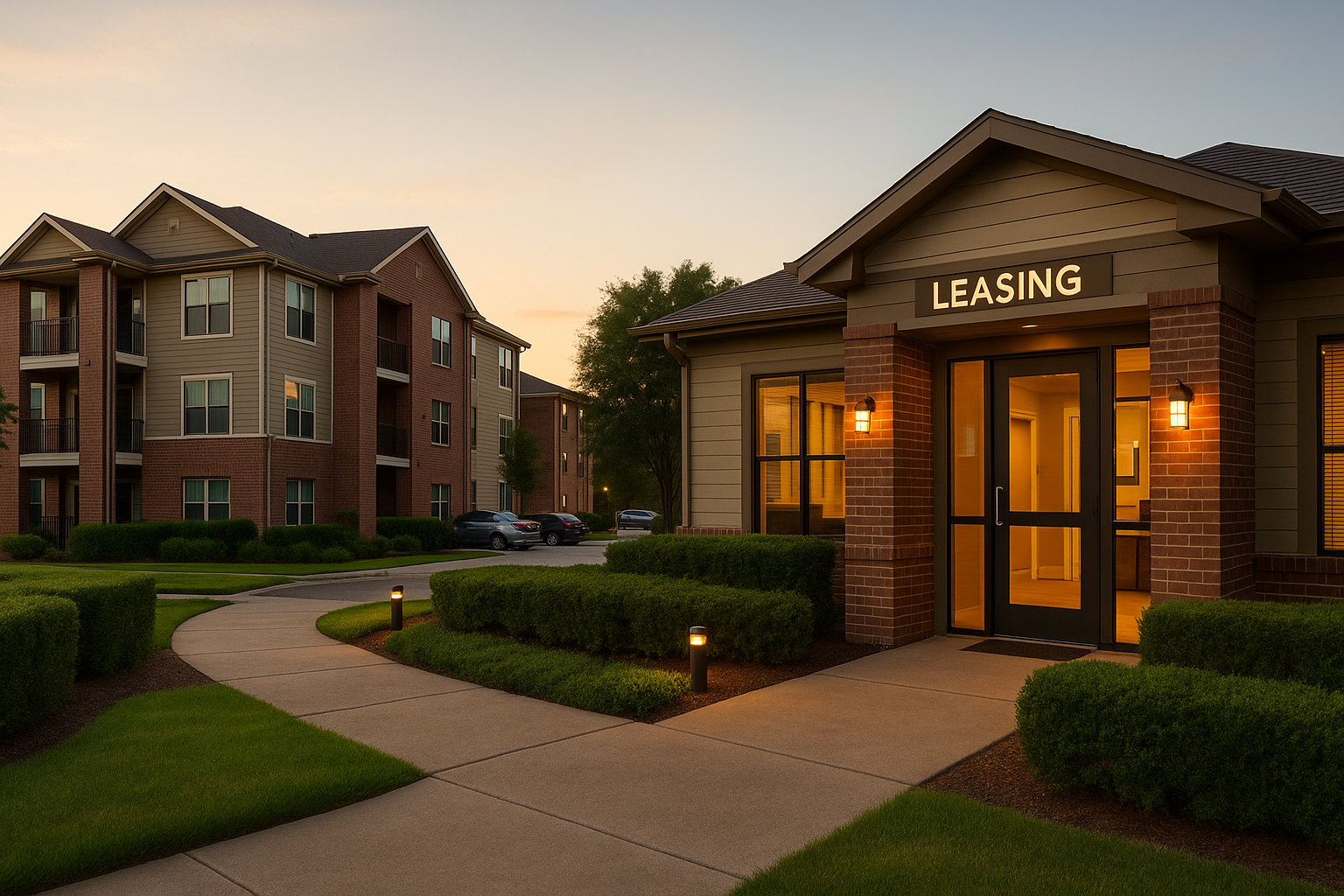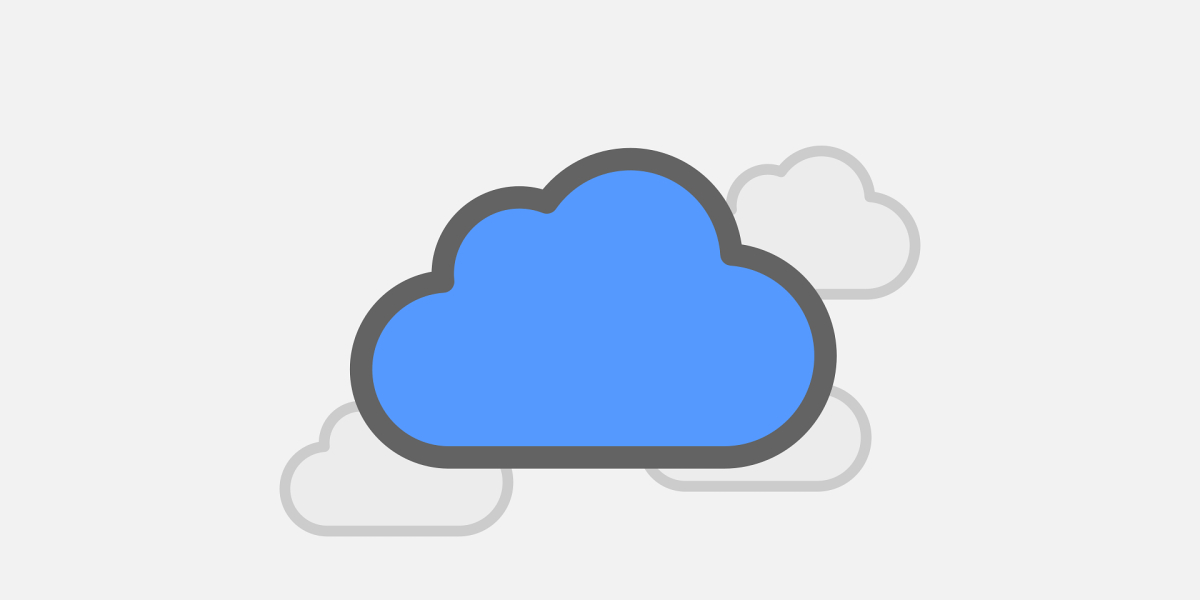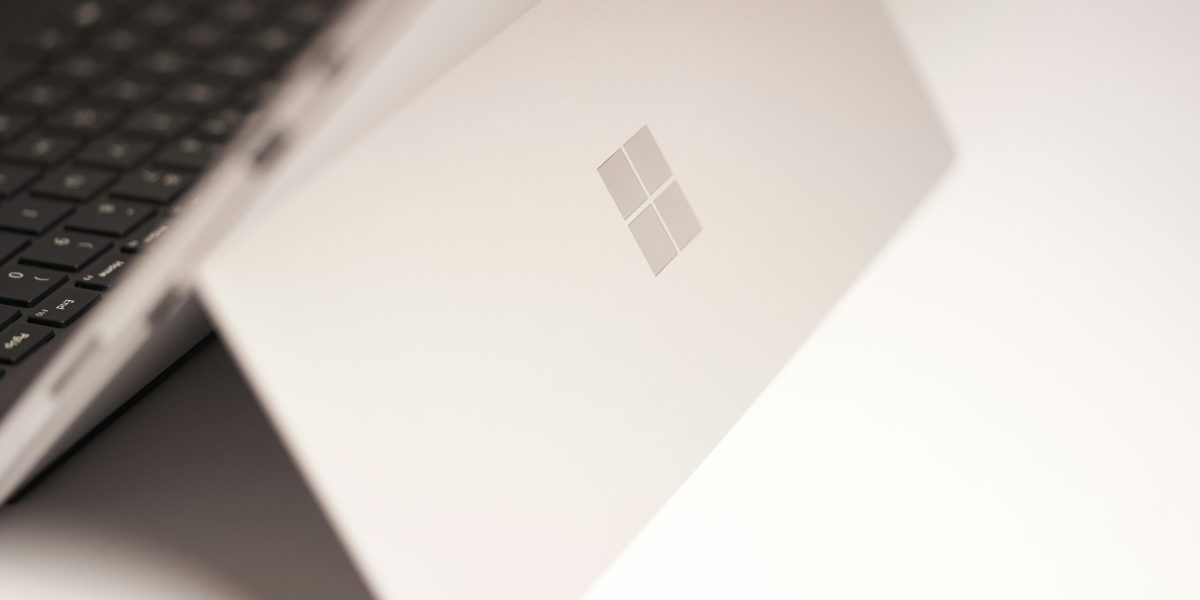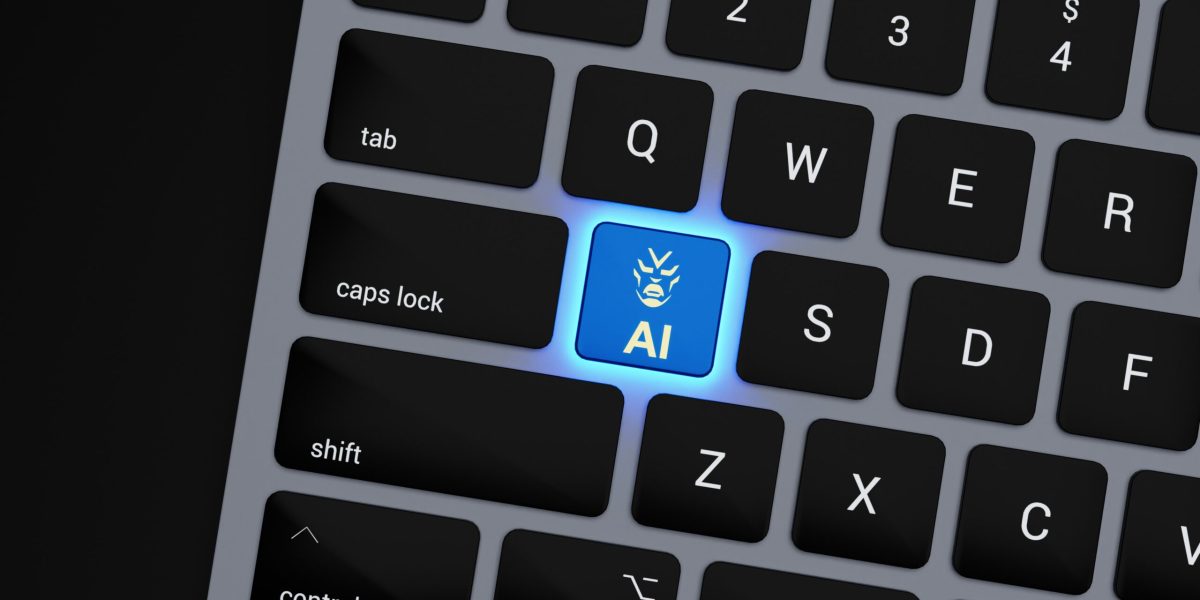Property management cybersecurity isn’t just an IT concern—it protects tenant applications, payment data, building systems, and your reputation. You don’t need a giant budget to improve property management cybersecurity; you need clear priorities, simple policies, and controls that actually get used.
What is property management cybersecurity?
Property management cybersecurity is the set of policies, tools, and practices that protect tenant information, vendor access, smart-building devices, and payment systems from compromise. Done right, cybersecurity protections reduces the chance of a breach and limits downtime if one occurs.
12 essential controls you can implement now
1) Multifactor authentication (MFA) everywhere. Turn on MFA for email, property management software, accounting, e-sign, and remote access. Prioritize admins and anyone handling payments or tenant PII. MFA is the single biggest lift for cybersecurity.
2) Email filtering + phishing training. Most incidents start in the inbox. Use advanced filtering with impersonation and attachment scanning, and run short, quarterly awareness training. This reduces credential theft that leads to tenant data exposure and strengthens property management cybersecurity.
3) Endpoint protection with EDR/XDR. Laptops in leasing offices and field devices need modern protection that can detect ransomware and remote-access trojans. Centralized policies and tamper protection are baseline for cybersecurity.
4) Network segmentation for office, guest, and IoT. Separate guest Wi-Fi, corporate systems, payment terminals, cameras, access control, smart thermostats, and locks into distinct VLANs. Segmentation stops one weak device from threatening everything—a core principle of property management cybersecurity.
5) Vendor access and supply-chain oversight. Document which vendors can access your systems (PMS, maintenance portals, payment gateways). Use unique logins, least privilege, and disable access when work ends. Supply-chain control is where cybersecurity often succeeds or fails.
6) Backup and verified restore. Back up property data, leases, e-sign docs, email, and shared drives to the cloud with versioning. Test restores monthly. Backups without restore tests are a gamble; verification anchors cybersecurity and business continuity.
7) Access control and fast offboarding. Keep a simple permissions matrix by role (leasing, accounting, maintenance, leadership). Provision from templates and remove access on the last day. Clean identity hygiene is quiet but critical cybersecurity.
8) Mobile device management (MDM). Phones and tablets used for showings and inspections should have passcodes, remote wipe, and managed email. MDM prevents data loss when a device is lost and tightens cybersecurity in the field.
9) Secure file sharing and e-signature. Replace ad-hoc email attachments with a managed sharing platform and standardized e-sign workflow. Encrypt at rest and in transit, and restrict external sharing links. This protects leases and IDs—core to cybersecurity.
10) Incident response checklist. Document who declares an incident, who communicates with tenants and vendors, and how to contain compromised accounts or devices. Keep printed copies. A short playbook turns panic into process and strengthens property management cybersecurity when minutes matter.
11) Centralized logging and monitoring. Alert on unusual sign-ins, mailbox forwarding rules, backup failures, and endpoint threats. Store logs where they can’t be altered. Faster detection shortens dwell time and improves cybersecurity outcomes.
12) Data retention and secure disposal. Decide how long to keep applications, IDs, background checks, maintenance photos, and camera footage. Automate deletion where possible and follow defensible media sanitization when disposing of hardware. Controlled lifecycle management completes property management cybersecurity.
Helpful resources to benchmark your plan
Use recognized frameworks to guide property management cybersecurity without reinventing the wheel. Start with the CISA Shields Up advisories for current threats, align controls with the CIS Critical Security Controls, and map roles and processes with the NIST Cybersecurity Framework.
How ParJenn simplifies property management cybersecurity
ParJenn’s security-first model bundles EDR/XDR, email filtering, and proven backup into the Core Security Suite, then layers IT support tiers to match your portfolio. Backups are billed per GB of cloud storage so costs stay predictable. We segment networks for office, guest, and IoT, implement MFA and MDM, document your incident playbook, and run tabletop drills—turning property management cybersecurity from a checklist into day-to-day practice.
Next steps
If you lack MFA, network segmentation, or a recent restore test, start with those three—they eliminate the most risk fastest. We can assess your current property management cybersecurity posture and deliver a 90-day improvement plan. Book a quick consult to protect tenant data and keep operations running smoothly.





